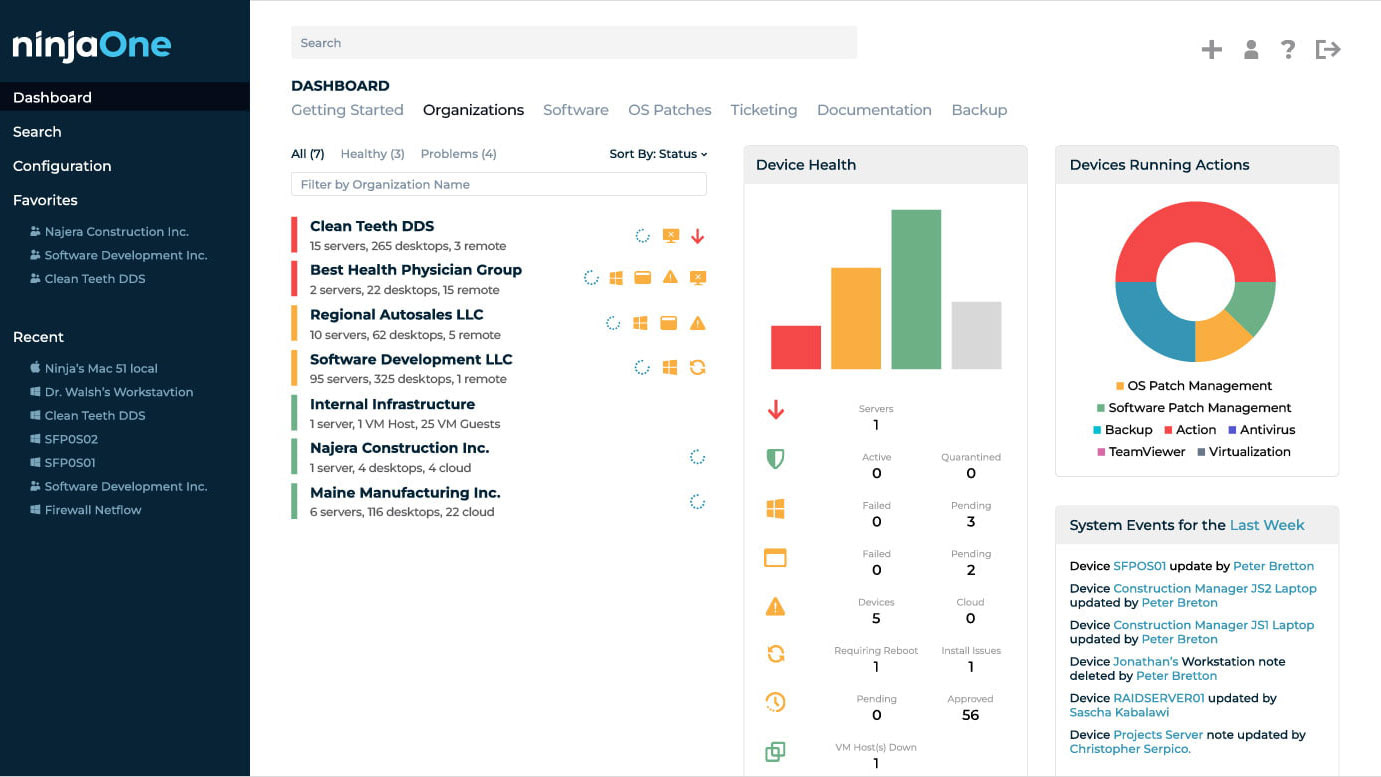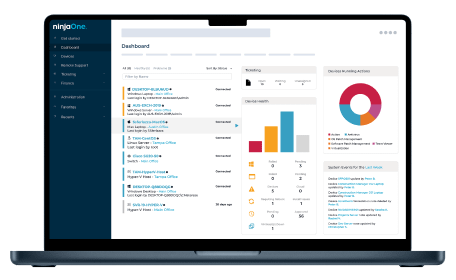Windows Server 2016 Management

Windows Server 2016 Management values
Monitor Windows 2016 servers in real time
Patch Management
Inventory Management
Do it all from the same console
Help prevent cyberattacks
Key Features of the Windows Server 2016
Detailed hardware inventory
Detailed software inventory
Monitor windows server 2016 services
Monitor health details
Single Pane of Glass
Quick deployment
Security
Automate
Automate the patching process
Provide a better IT support
Better efficiency of the IT resources
Provide prompt IT support
Excellent tool for the on-call rotation
Keep your Windows Server infrastructure secured
Let your customers focus on their business, while you handle their Windows Server 2016 administration.

Windows Server 2016 Management FAQs
What is Windows Server 2016 management?
Windows Server 2016 management encompasses the various tools and processes used to deploy, configure, secure, and maintain Windows Server 2016 instances. Essentially, it’s about keeping your servers running smoothly and securely.
How do I maintain a Windows Server 2016?
Maintaining a Windows server 2016 instance involves preventive, and corrective actions to ensure server availability. Some preventive actions may include create and test backups to prevent data loss, apply OS and application patches to remediate vulnerabilities and fix bugs, create a disaster recovery plan, apply measures to harden que server to prevent cyberattacks, monitor and alert about non-responsive components, etc. Some corrective actions may include reboot, restart of non-responsive services and processes, identify and replace defective hardware, delete unused files to optimize disk usage, fine-tuning settings, and resources for optimal performance, etc.
How do I monitor services in Windows Server 2016?
Monitoring the Windows Server 2016 services normally requires logging on to the server to be monitored and launching the tasks manager. Also, it requires checking the event log for errors or alerts. This is a manual, tedious and inefficient task that is not generally used. The best thing you can do is use dedicated software that communicates with the server and gathers information on running services and critical events, on multiple servers at the same time.


